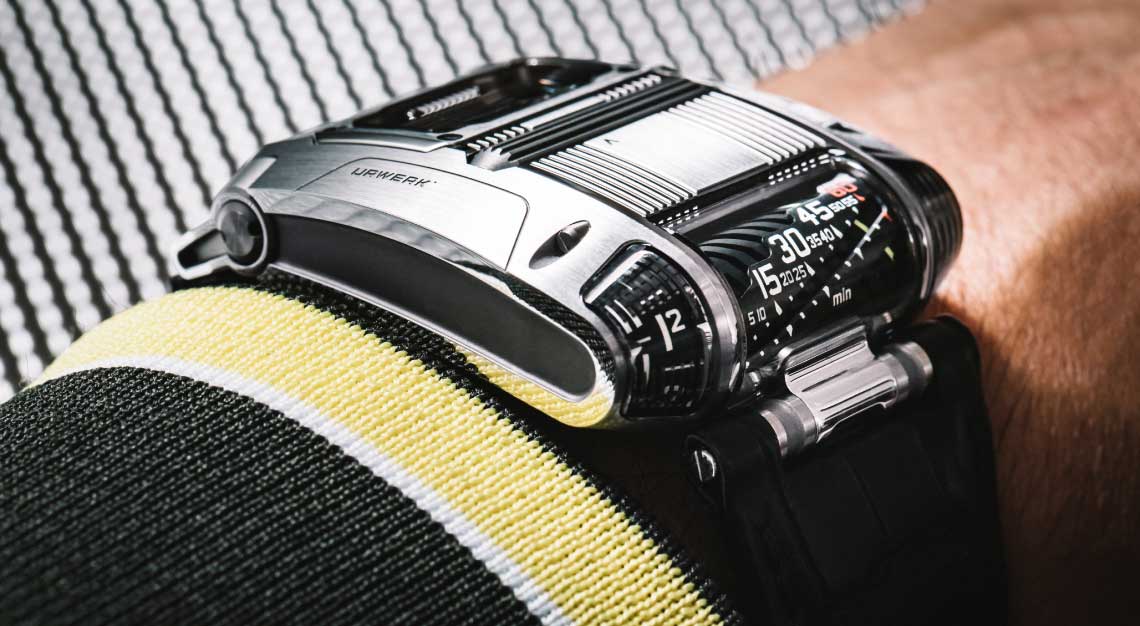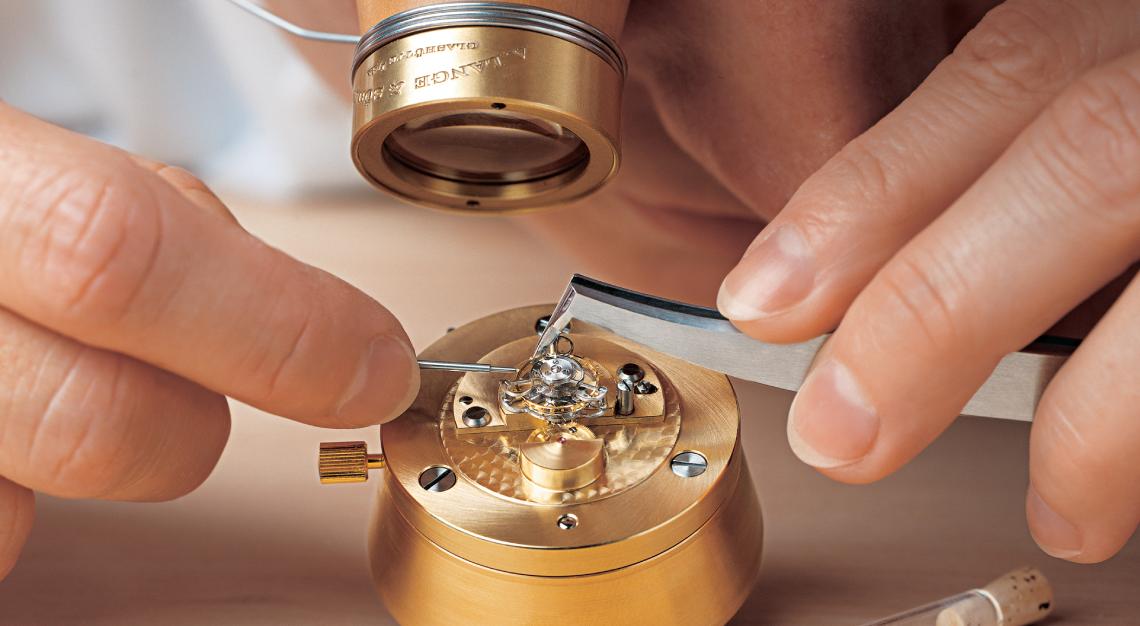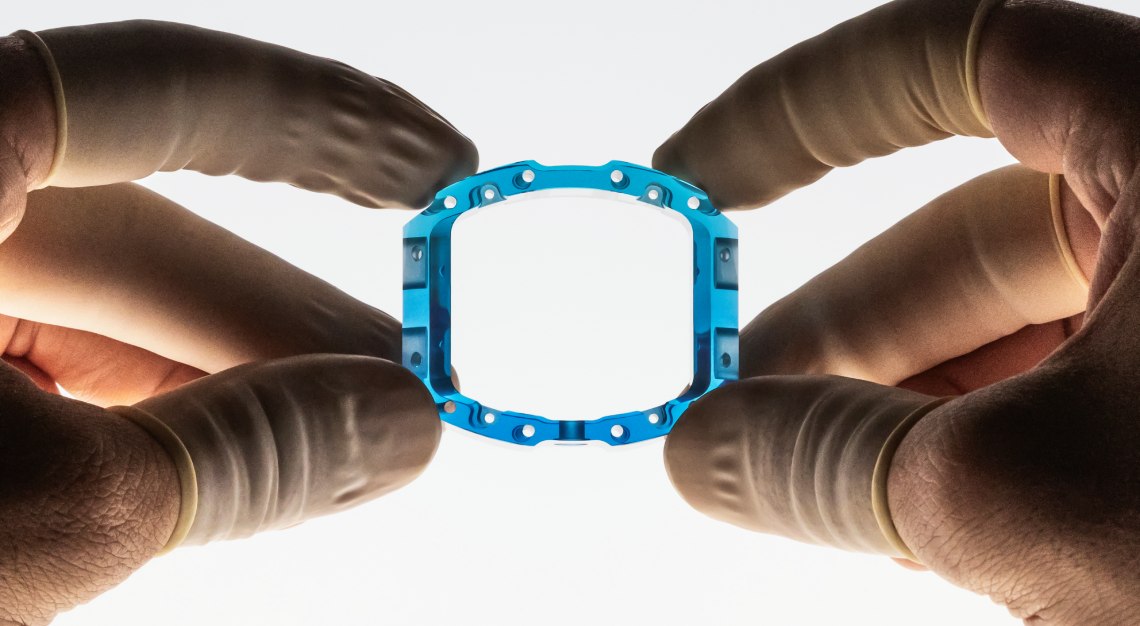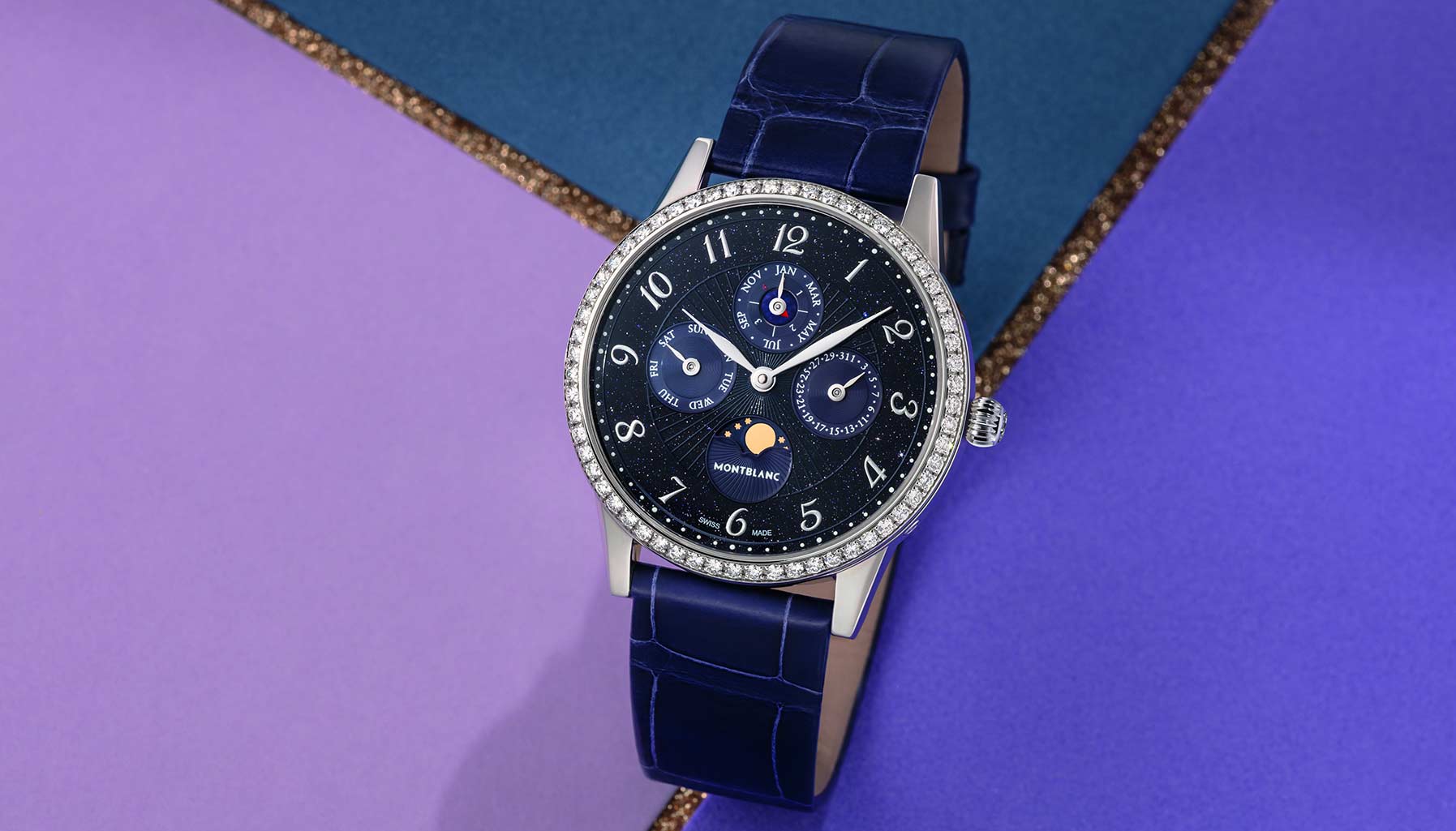The UR-111C is Urwerk’s new take on the linear indicator, and it is full of new tricks
One-part classical watchmaking, one-part fine artistry, Urwerk has never been one to steer away from pushing the boundaries of watchmaking. Under the careful guidance of Felix Baumgartner and Martin Frei, the brand has continued to create timepieces that impress, and recently unveiled its surprising UR-111C, priced at S$184,070.
The wandering hours movement that has become a brand signature has been laid aside for a concept that embraces linearity. The dominant feature here is its minutes indicator that consists of a marker spiralling around a rotating cylinder; the resulting effect is that the marker corkscrews its way from the lower left to the top right. It is flanked by a jumping digital hours window on the left and a somewhat more conventional minutes indicator on the right that affords more precise readings.
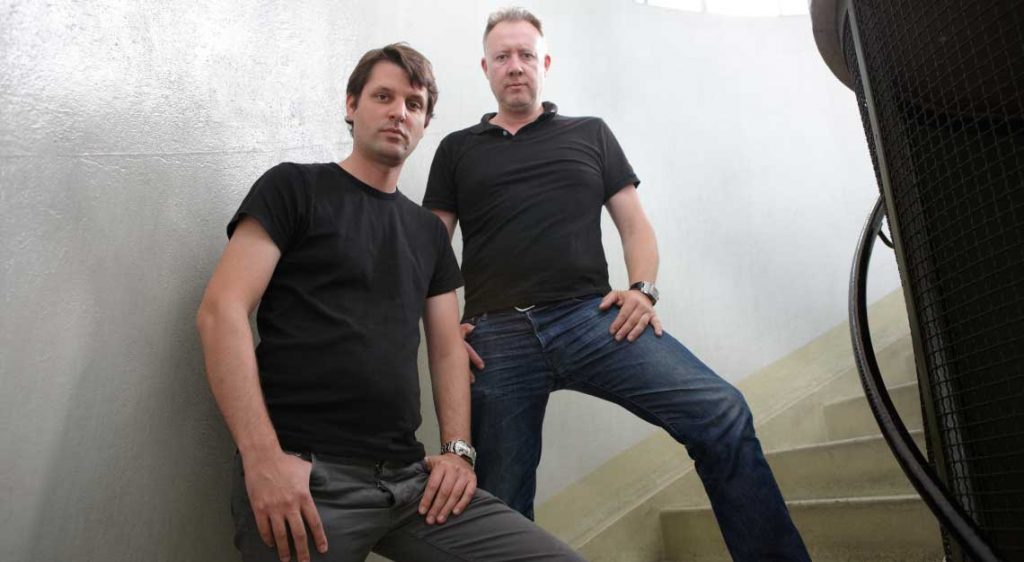
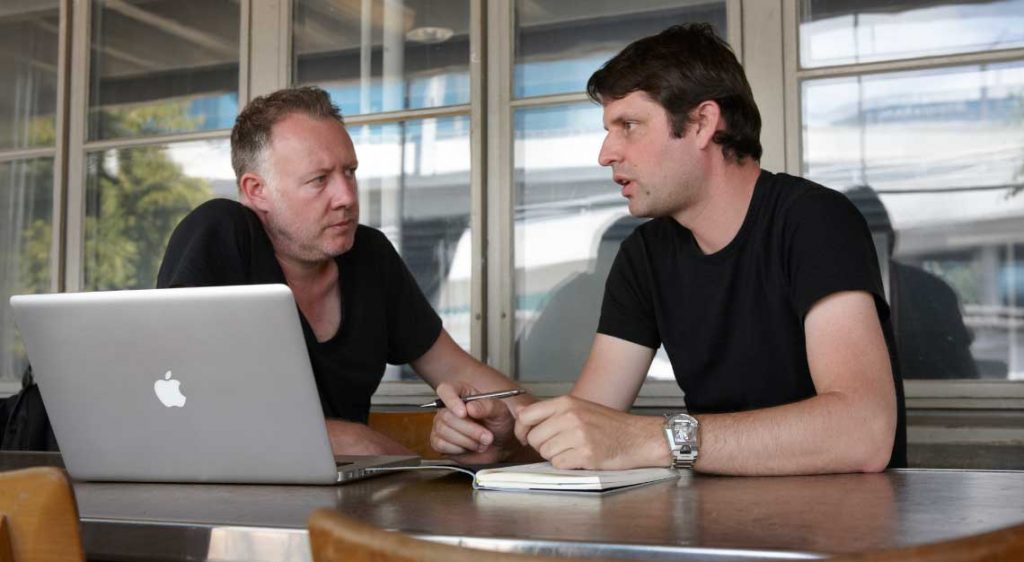
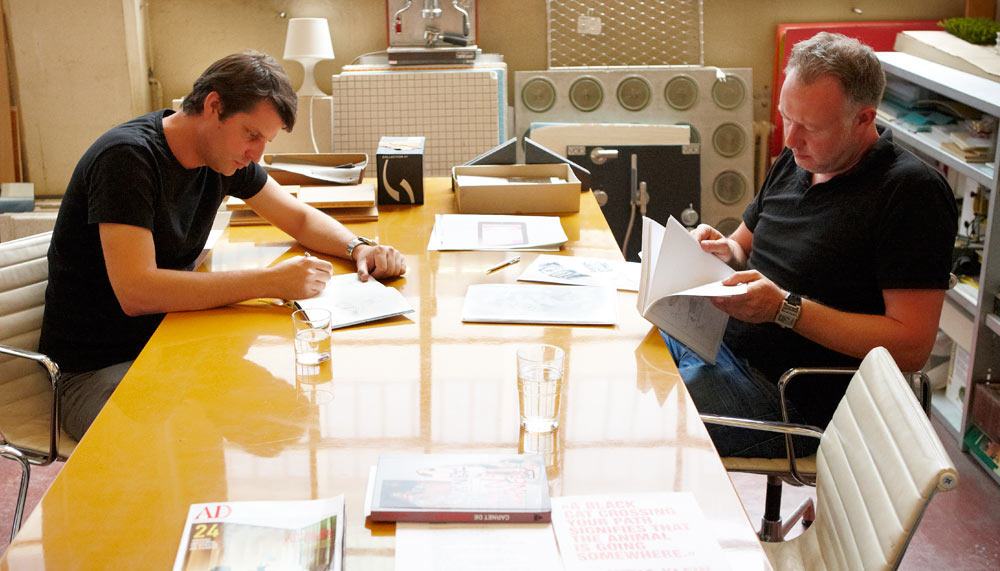
“This indication is something between digital and analogue,” describes Martin Frei. As co-founder and chief designer of Urwerk, the distinct appearance of the brand’s watches is largely due to his artistic vision. His appreciation for linear indicators stems from childhood. “I’d seen it in a light meter that my father had, that I rediscovered later on,” he explains. “I also saw it in a car from the ’50s, where the speedometer had a linear indication. It was just a very cool way of indicating change and I thought at some point we have to make a watch with one.”
This is Urwerk’s second implementation of a linear indicator, following UR-CC1 a decade ago. “That was a while ago, and we wanted to move to the next step,” says Frei. “Felix (Baumgartner, Frei’s fellow co-founder and master watchmaker) and I have a sort of evolutionary process going. We enjoy this ping-pong game that we play, where we trade ideas.”
One of these evolutions is its time-setting method. A lever on the side unlocks the roller in the middle of the case, which is used to set the time. “I like that it’s on the body, in a similar orientation and moves in the same direction as the indication,” Frei says. “It’s almost as if you’re turning the indication itself.”
The other remarkable new feature is the running seconds. Mounted at the top of the case, it comprises two tiny gears, meshed together and turning in unison. Five-second numerals are mounted alternately on each wheel and are visible through a magnifying window that showcases the mechanism in enthralling detail.
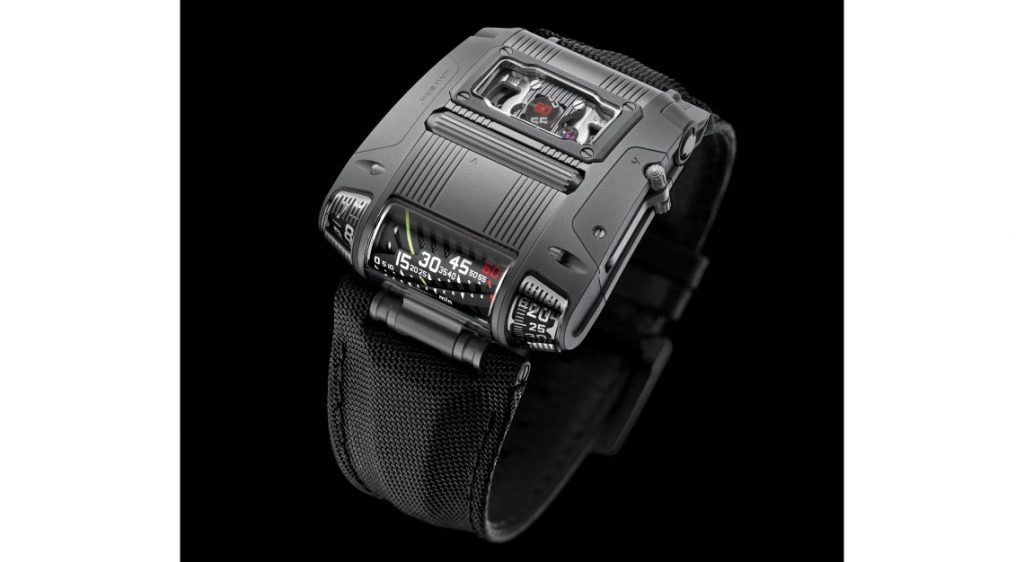
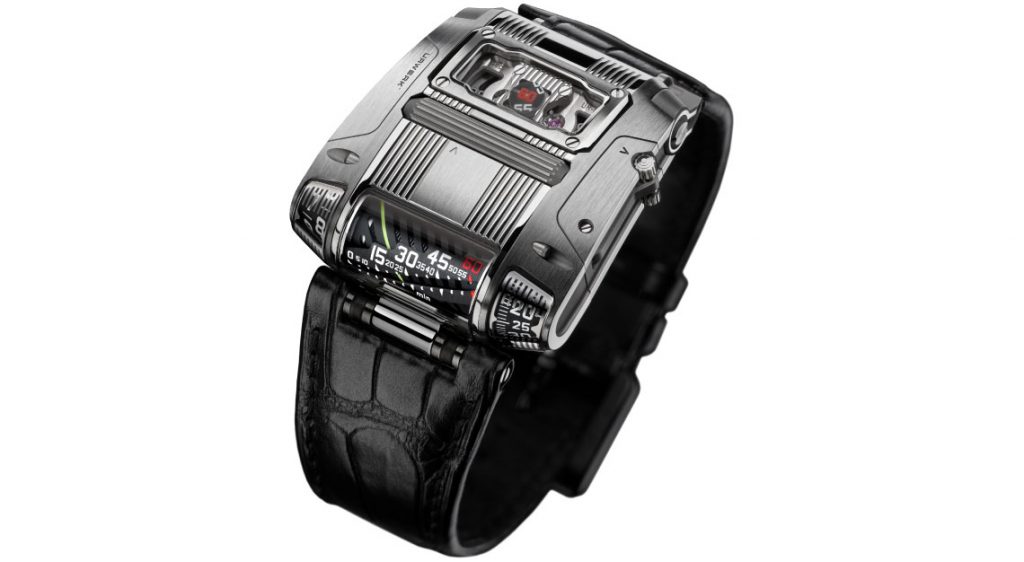
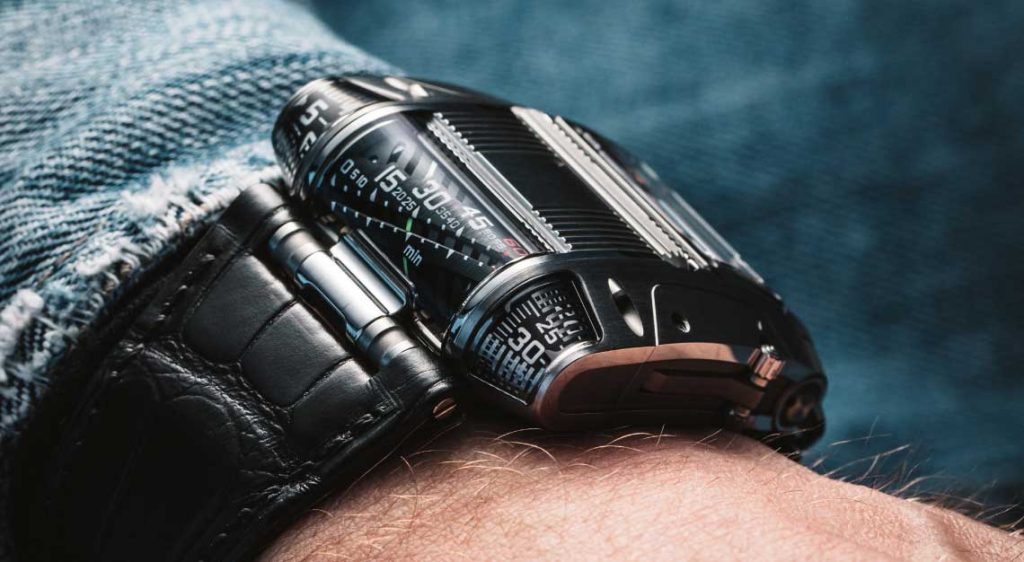
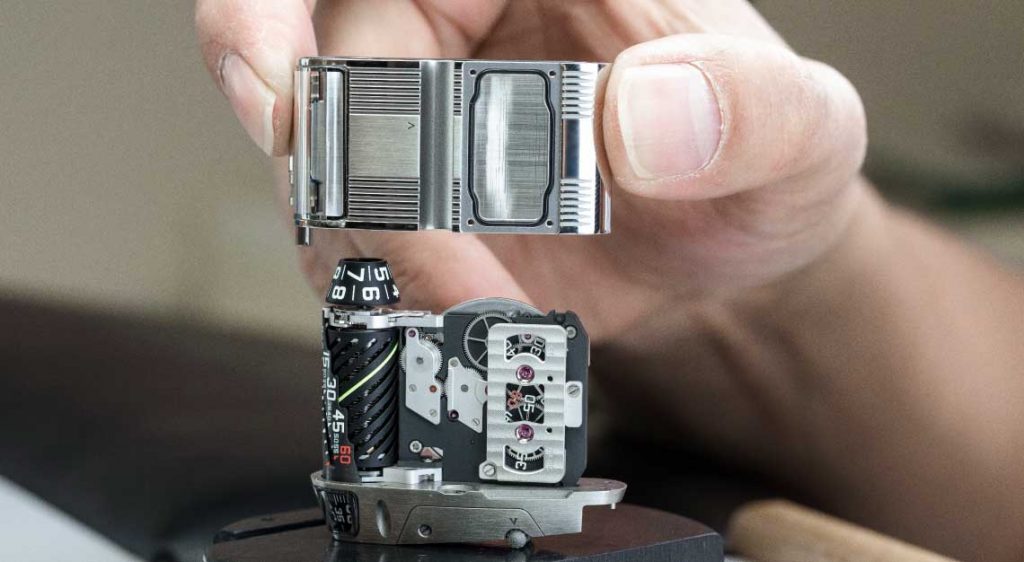
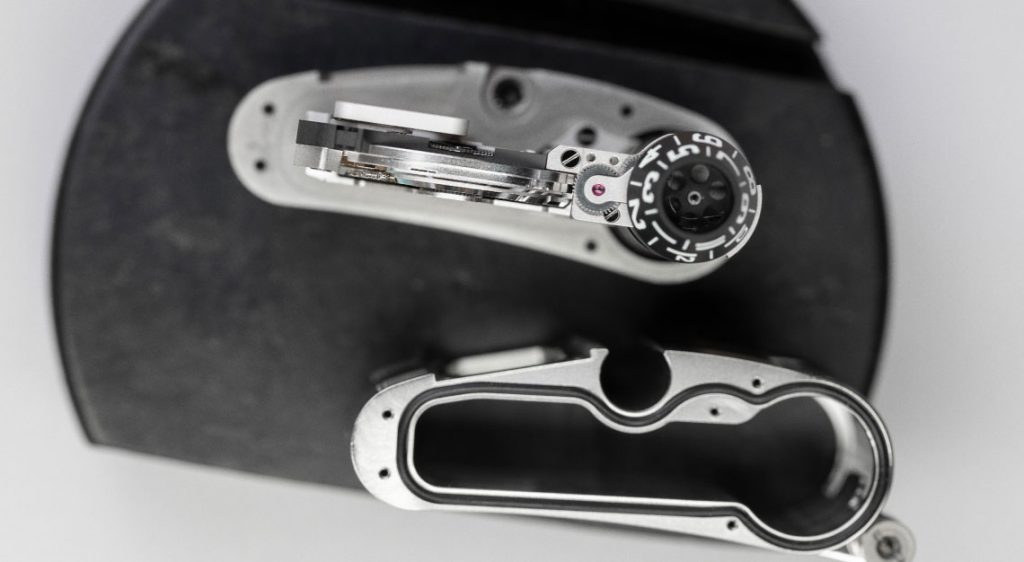
“This was another thing we had to find a solution for because it was positioned quite far down in the case,” relates Frei. “In order to bring that up to the surface, we had to do something.” The solution lay in another childhood experience with his geology-inclined father. “We would often go to this store that sold minerals and stones,” Frei recalls. “And there was this one weird natural stone and it was placed on top of a newspaper. I remember that it seemed to transport the image from underneath to the top, giving an exact copy.” Urwerk found a man-made, fibre-optic material that had the same properties. The result has a dual purpose: not only does it appear to elevate the running seconds to the surface, it also allows more light through for better visibility.
The steel-cased watch is, at first glance, visually similar to the other streamlined and industrial-looking catalogues of Urwerk, but Frei and Baumgartner have once again found new ways to express themselves and new ways to excite watch fans.
